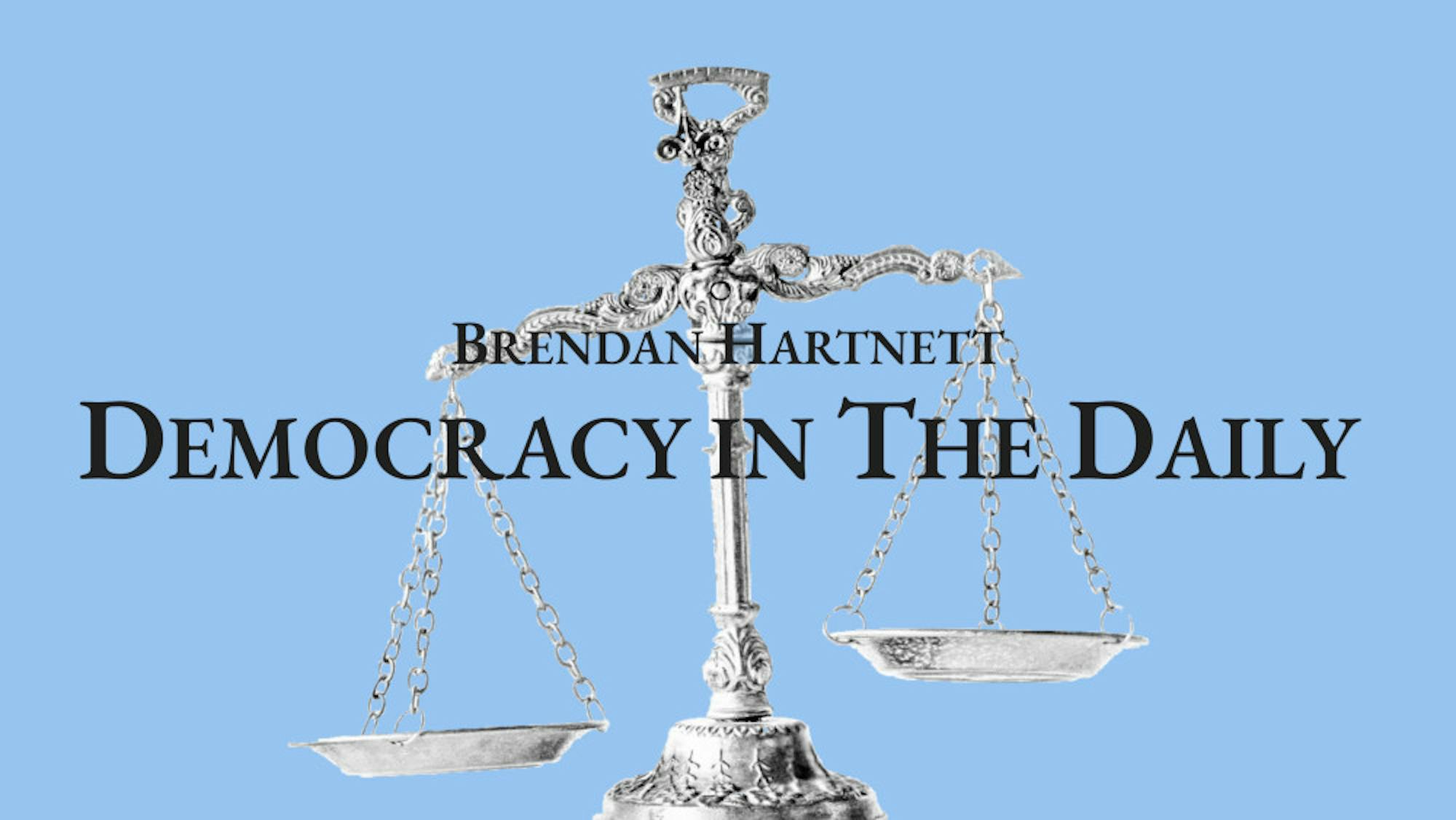Classifications with negative connotations have been fixed to Trump since he announced his candidacy in 2015, most notably “fascist” and “populist.” But these are both incorrect classifications with dangerous consequences.
Fascism ischaracterized by uber-nationalism, anti-democratic ideals, the use of violence as both a means and an end and skepticism toward capitalism. Trump checks the first two boxes and dabbles in the third. But to assert that he is suspicious of capitalism would be a grotesque fallacy.
Fascism’s archetype, BenitoMussolini,nationalized the economy to promote the state, controlling the means of production and reaping its rewards. In contrast, Trumpderegulated the economy, provided massivetax cuts to the rich and aggressivelyopposed all forms of nationalization — including thepost office. Fascism, thus, is not an apt description of Trump’s behavior.
Since Trump’s election, populism has become abuzzword that falls short of accurately characterizing Trump and other far-right politicians. Populism is broadlydefined as a “thin-centered ideology" that "considers society to be ultimately separated into two homogenous and antagonistic groups, the ‘pure people’ and ‘the corrupt elite.’”In practice, however, populism tends to manifest as a left-wing phenomenon based on wealth redistribution, and when this principle of dichotomic division applies to ethnicity and immigration, it is not populism, simply nativism.
Thus, theappeal of Trump’s hostility toward immigrants to uneducated whites was not populism, but nativism. While Trump exhibited somecharacteristics of populists, like his massiverallies and “drain the swamp”rhetoric, his intention was never to better the lives of his supporters; rather, Trump used the nativism and fear within white voters to obtain the one thing he cared for:power.
Trump’s entire presidency was not based on policy aspirations but on consolidating hispower, and he was willing to undermine democracy to obtain it. While populist leaders have destroyed democracy in the past through their redistributive policies, as occurred inVenezuela, Trumpnever cared to respect democracy’s institutional norms.
Thus, the label of populist does not apply. Instead, Trump should be classified as acompetitive authoritarian. Thispolitical phenomenon occurs when democratic institutions exist, but incumbents abuse the state to create significant advantage vis-à-vis their opponents. Competitive authoritarians may employ techniques used by populists, but their end goal is unchecked power.
Trump’s goal of destroying American democracy — evident in hissupport for electioninterference,attempts tocensor the press, lawsuits challengingearly andmail-in-voting and hisincitement of insurrection to overturn the results of afree and fair election — is a goal shared not by populists throughout history but by competitive authoritarians. Trump’s abuse of state power to maintain his political power parallels autocratViktor Orbán, prime minister of Hungary, rather than the redistributive politics of Venezuelan populistHugo Chávez that, ultimately, led to the destruction of democratic institutions.
Severing Trump from the labels of populism and fascism is not nit-picky; instead, it is a vital realization of the threat Trump posed — an acknowledgment crucial to preventing the rise of a future competitive authoritarian.






